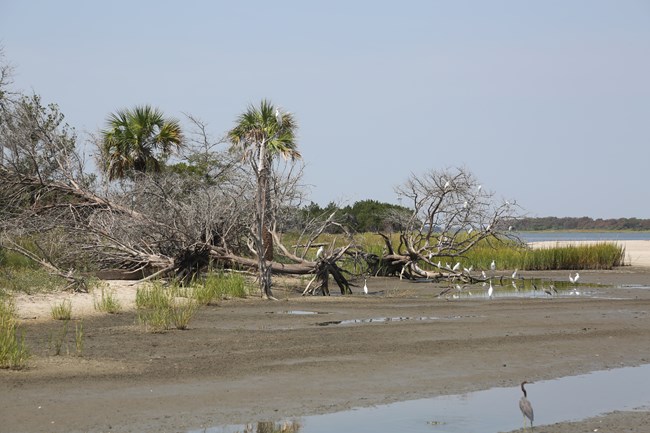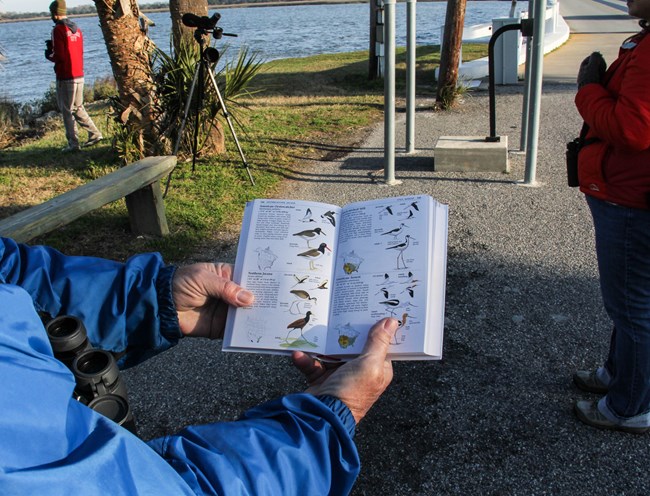To protect the habitat and welfare of the birds that reside in and migrate to the park, Fort Pulaski asks to always keep dogs on leash. Dogs can frighten the birds and destroy their nests, and discourage them from returning to the park. Please respect these birds’ habitats and safety and keep dogs on their leashes and away from the birds and their nests at all times.
FOPU Photo 
NPS Photo Pictured below are just a few of the dozens of birds that can be seen at Fort Pulaski National Park. 
NPS/Jane Gamble 
NPS/Sleeping Bear Dunes National Lakeshore 
NPS/Point Reyes National Seashore 
NPS/Assateague Island National Seashore 
NPS/Chris Contakos 
NPS/J. Nile 
NPS/K. Brunsmen 
NPS Photo 
NPS/Warren Bielenberg 
NPS/J. Cadoff 
NPS/J. Cadoff 
NPS Photo 
NPS/Kent Sweigert 
NPS Photo 
NPS/K. Brunsmen 
NPS/J. Cadoff 
NPS Photo 
NPS Photo 
NPS/J. Cadoff 
NPS/Rusty Wilson 
NPS/J. Cadoff 
NPS Photo 
NPS/K. Brunsmen 
NPS Photo 
NPS/J. Cadoff 
NPS Photo 
NPS/Gabe Yellowhawk 
NPS/G.Etter 
NPS/Roger Clark 
NPS/Rusty Wilson 
NPS/Great Smoky Mountains National Park 
NPS Photo |
Last updated: September 13, 2025
